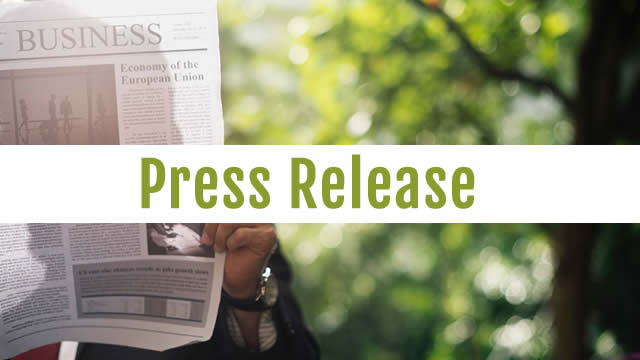Change Fatigue: A Growing Challenge for Companies in the New Business Landscape
In today’s rapidly evolving business world, organizations are constantly faced with change. From technological advancements and market shifts to regulatory requirements and competitive pressures, companies must be agile and adaptable to stay ahead. However, this relentless pace of change can take a toll on employees, leading to a phenomenon known as change fatigue.
What is Change Fatigue?
Change fatigue refers to the emotional and psychological exhaustion that employees experience when confronted with excessive change. It can manifest in various ways, such as disengagement, resistance, and even burnout. Change fatigue can hinder productivity, undermine morale, and ultimately impact the bottom line.
The Impact of Change Fatigue on Individuals
Change fatigue can be particularly challenging for individuals who are already overworked or dealing with personal stressors. According to a study by the American Psychological Association, nearly 75% of adults report experiencing moderate to high levels of stress at work. Adding to this, constant change can create a sense of instability and uncertainty, leading to increased anxiety and stress.
- Decreased motivation and engagement: When employees are constantly adjusting to new processes and systems, they may become disengaged and lose focus on their work.
- Resistance to change: Change fatigue can make employees resistant to new initiatives, making it harder for organizations to drive innovation and growth.
- Increased absenteeism and turnover: Change fatigue can lead to increased absenteeism and turnover, as employees seek to escape the stress and uncertainty of a constantly changing work environment.
The Impact of Change Fatigue on the World
The impact of change fatigue is not limited to individual employees or organizations. It can also have far-reaching consequences for society as a whole. For example:
- Decreased productivity and competitiveness: Change fatigue can hinder productivity and competitiveness, as organizations struggle to adapt to new challenges and opportunities.
- Strained labor markets: Change fatigue can contribute to labor market strains, as employees seek out more stable and predictable work environments.
- Social and emotional costs: Change fatigue can have social and emotional costs, as individuals and families bear the brunt of stress and instability.
Addressing Change Fatigue: Strategies for Organizations
To address change fatigue, organizations can take several steps:
- Communicate effectively: Clear, consistent, and transparent communication is essential for managing change. Organizations should provide regular updates on what’s changing, why it’s necessary, and what employees can expect.
- Provide support and resources: Organizations can provide resources to help employees cope with change, such as training programs, counseling services, and flexible work arrangements.
- Encourage employee involvement: Involving employees in the change process can help build buy-in and reduce resistance.
Conclusion
Change fatigue is a growing challenge for companies in today’s fast-paced business landscape. By understanding the impact of change fatigue on individuals and society, and taking steps to address it, organizations can build a more resilient and engaged workforce. Ultimately, addressing change fatigue is not just good for business – it’s good for people.
As we move forward, it’s important to remember that change is a constant in our lives, both personally and professionally. By being aware of the impact of change fatigue and taking steps to mitigate it, we can build a better future for ourselves and for the world around us.





